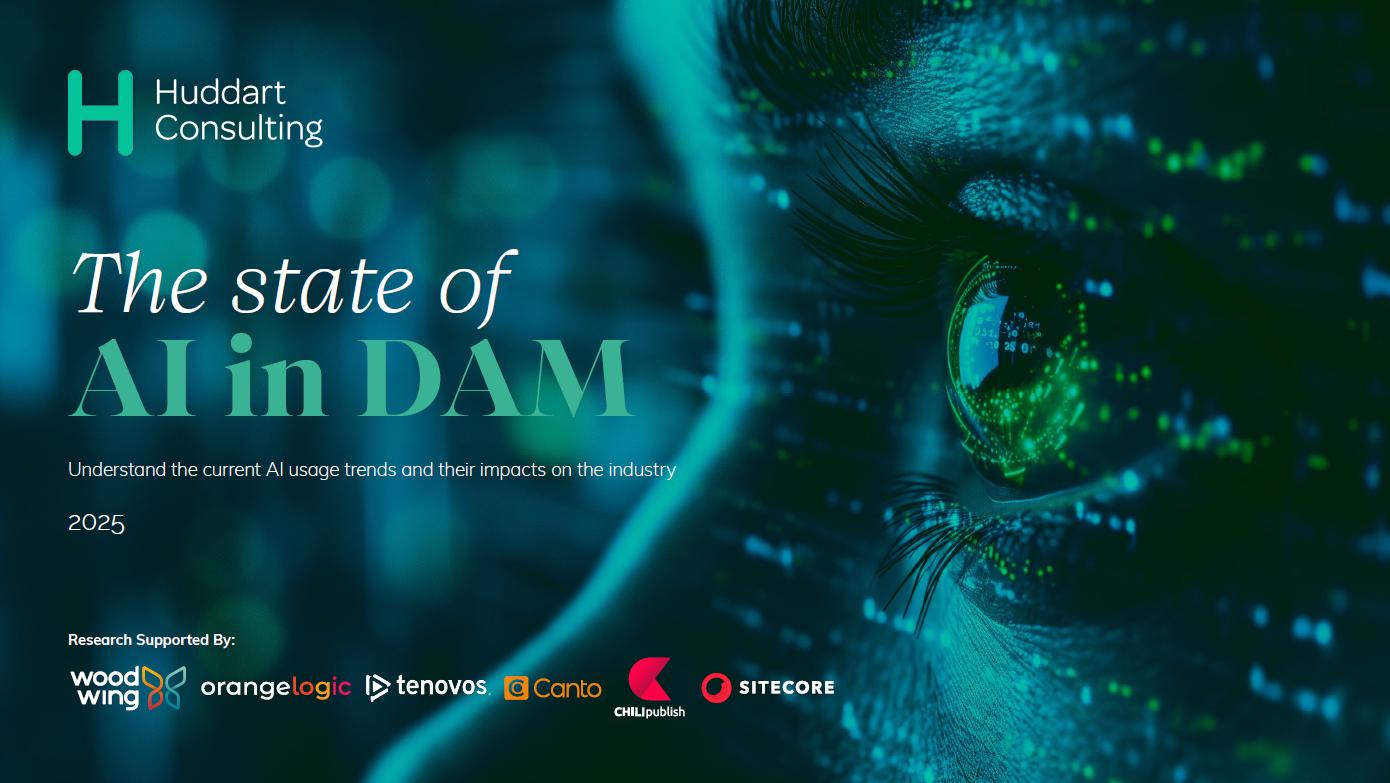You’re working in a marketing or communications team for a business. Every day, you’re tasked with writing creative copy, promoting products and events, publishing inspiring images, videos, podcasts, and more. You publish specifically formatted content to lots of print and digital channels everyday including the main business website, you share content with paid media outlets, social media (Facebook, Twitter, Instagram, YouTube, SnapChat, LinkedIn, and TikTok), print posters, billboards, brochures, and so many more. You use a suite of marketing technologies to create, manage and distribute content each week such as:
- Project Management Tools
- Content Marketing Platforms
- Marketing & Advertising Automation
- Product Information Management
- Social Media Management
- Web Content Management & Content Management System
Despite all of these tools in your martech stack, you find that the process of creating content is one of the most frustrating, time consuming, and expensive steps in the process. Most weeks you find yourself searching for hours for content you know has already been created. You give up and decide it’s easier and less time consuming to just create it all over again. So you re-create that great infographic you need for social media, you publish it, and move on to all the other work you still need to do. Six months later, your colleague is tasked to update and publish that same infographic. You can’t find the source artwork Adobe Illustrator files, so he spends 3 hours rebuilding and designing the infographic. And the cycle continues…
Sound familiar? There’s a solution to this mess. What’s missing from you marketing technology stack is a Digital Asset Management (DAM) system. A Digital Asset Management system is a tool that enables your business or enterprise to store, organise, quickly find, share, reuse, and distribute your digital content. Think of it as a centrally accessible brand tool that holds all of the on-brand, high-quality, original/editable format images, audio, and video that anyone in your company has created for each of your products, events, locations, subbrands, and materials. And it’s all at your fingertips! So next time you need to recreate that infographic, you’ll be able to find the Adobe Illustrator file and finalised PDF within 1 minute!
Here are a few more benefits of adopting a modern Digital Asset Management system into your company’s marketing processes:
- Find the right content at the right time – A modern DAM system will give you the ability to add meaningful, contextual, and brand specific metadata to your assets. Metadata is necessary to make your assets searchable. With proper mandatory metadata on each asset (such as description, location, copyright, usage permissions, etc.), you will be able to find any content you need and you will also know what you can do with the content and how it should be used. (want to learn more about metadata?)
- Creative Collaboration – often when I meet with clients for the first time, they will admit that each department has a siloed storage space for their digital assets and it’s impossible to find the latest version of an asset. This is common across organisations of all sizes, don’t worry, you’re in good company. But it’s 2020 and speed-to-market is valuable to the company. Having a DAM system will mean that all of your company’s assets can be centrally organised on one platform that is accessible to all users who you invite – including employees, but also external creative agencies that need access to the same content. So next time you’re looking for assets from someone who is on holiday or has left the company, you’ll still be able to manage your creative workflow without barriers or delays.
- File Sharing – The file size of creative assets can vary from kilobytes for simple icons to gigabytes or terabytes for videos. How do your teams collaborate on assets of this size? Does your IT team regularly throttle the size of email attachments? Do you transfer files via Box or WeTransfer links? With a DAM system, you can easily share secure links to an asset or a collection of assets which can then be quickly previewed by the recipient and downloaded if they choose.
- Borrow with Pride – Producing high-quality photoshoots, films or podcasts is costly and time consuming. You’ll want to make the most of the content you produce to maximise the value of every high-quality production and to increase the profitability of the marketing team. Having a DAM system will allow your team and other teams you work with throughout the company to reuse assets to increase efficiency, save money, and speed up your time-to-market.
- Rights Management – As mentioned in #1, a DAM system will also help you to organise the permissions associated with each asset and to comply with legal parameters such as copyright laws, GDPR regulations, trademarks and other permissions or restrictions put onto assets. Using a DAM system can enable you to manage rights on each asset, so that users who find an asset will know what they can or cannot do with that asset. And, you can also track rights data about your content, such as: When will images of children expire? How many years have we licensed this clip for reuse? Which region is this film restricted to?
To learn more or to get started selecting a new or replacement DAM for your company, I’m always happy to chat. Please contact me through LinkedIn or via kristinahuddart@gmail.com.
